Liah Yoo on the influencer-to-brand founder pipeline, sustainability in beauty and KraveBeauty’s Malaysian debut
Total trailblazer
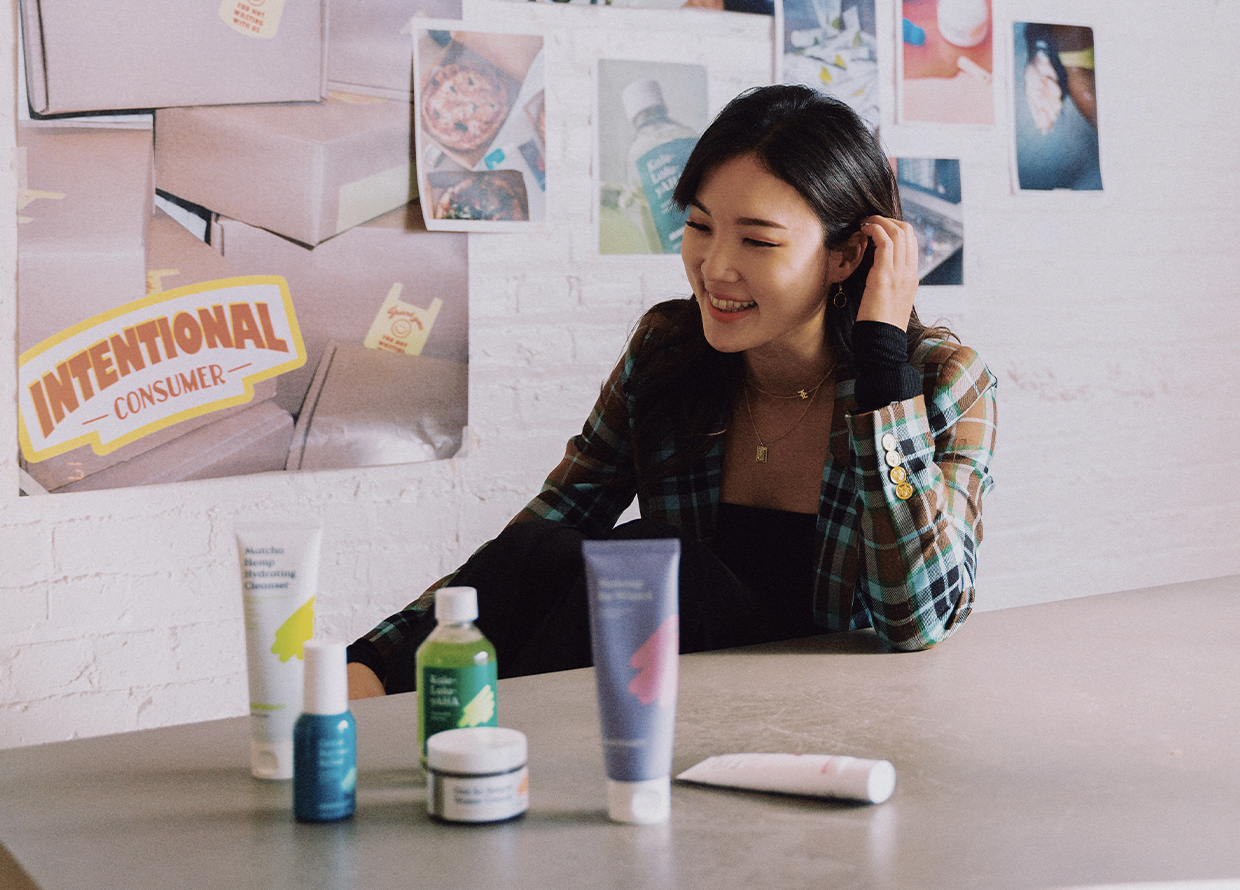
Liah Yoo wears many hats—from OG beauty YouTuber to entrepreneur and now sustainability expert, we catch up with the multi-hyphenate ahead of KraveBeauty’s Malaysian debut.
To OG beauty buffs, Liah Yoo needs no introduction. If you’ve struggled with acne in the last 10 years, you’ve probably been among the 1.2 million YouTube subscribers who follow her skin-clearing tips to a T. And, if you’ve been looking into sustainable beauty more recently, her name has probably cropped up there too. Heck, even if you’re not familiar with Yoo or her content, you’ve definitely heard of her skincare brand, KraveBeauty.
Launched in 2017, Yoo’s brainchild has continued to go from stride to stride, and it has all finally culminated in the official entrance of KraveBeauty into the Asian market. Ahead of its Malaysia launch, we sat down with Yoo over a cup of coffee to get insight into her plans for KraveBeauty, her vision for the industry overall, and her incredible impact on sustainable beauty.
View this post on Instagram
Even though KraveBeauty is a K-beauty brand, it’s also kind of the antithesis of mass K-beauty. For starters, K-beauty tends to be more trend-driven and multi-step whereas KraveBeauty is all about stripping things back to the basics and healing sensitised skin. How do you feel Krave fits into the K-Beauty umbrella?
“A lot of the time, Korean skincare brands can be very trend-driven. As soon as an ingredient like cica or bakuchiol starts trending, you’ll see new products drop instantly. That trend cycle is something that I wanted to break because your skin is not a fashion item—your skin is there to protect you. I think the industry has created so many new fun formulations and innovations, but also it has come at a cost.
“That’s what motivated me to come and (hopefully) add another perspective to skincare. Korean routines have kind of brainwashed us into doing more and more when our skin actually needs less.”
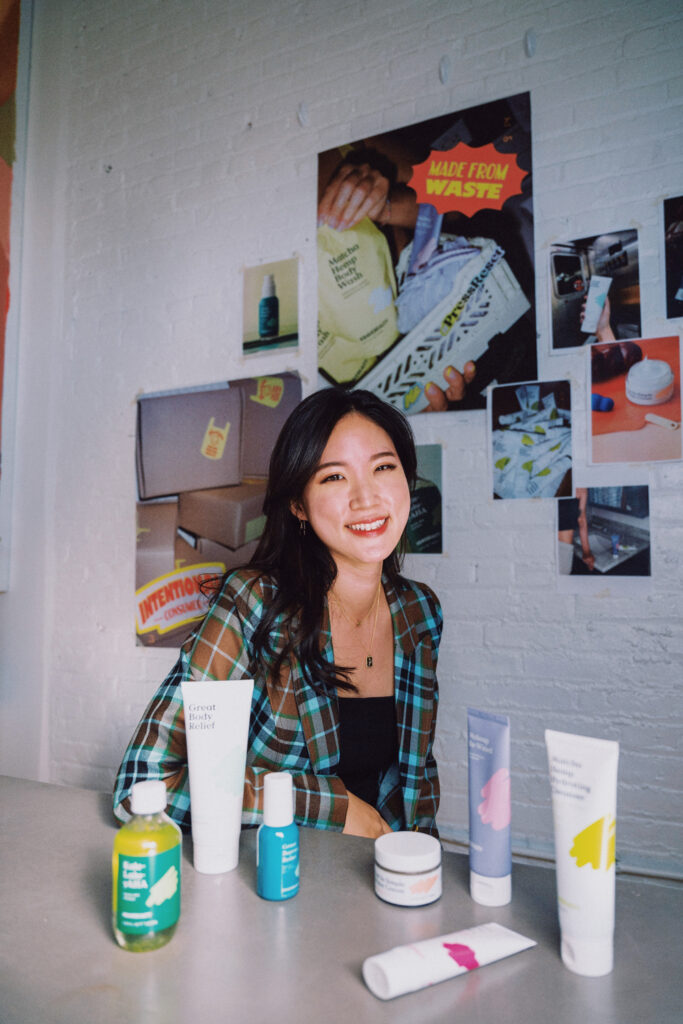
Simplicity aside, Krave also champions sustainability, with a focus on the mantra “less is more”. As such, Krave’s product lineup is still relatively small despite having been in the market since 2017. With this in mind, what’s the process of going from conception to formulation when you launch a new product?
“First and foremost, we have a strong principle around making less because the idea is to not make any unnecessary products or demands for the sake of selling more. Our second principle is to slow it down and take our time to create the best possible product. The last principle is to make things better from an environmental standpoint.
“We also do a lot of customer surveys and community listening to hear out any unmet needs. Great Barrier Relief was born this way—at a time when the industry was focused on layering lots of active skincare ingredients, I wanted to create something that was healing. The gentle, linoleic acid-rich Oil La La also came in response to really harsh and drying acne treatments.
“Once I am confident that we’ve identified a clear problem and that we’re going to solve it in one particular way, we take it to a formulation lab which then works on the actual formulation. The fun part of our job internally is to source ingredients in the best sustainable way possible (hopefully), and then you commercialise that into a product. The typical product development process from start to finish takes about a year and a half to two years. If it’s sunscreen, it takes even longer because of regulations, so around 18 to 24 months!”
“In the end, we are just looking for ways to break the instant gratification culture in skincare.”
What were your favourite Krave products to formulate… and your least favourite?
“The most fun one was definitely our Matcha Heartleaf Hydrating Cleanser because of its texture. It has a bouncy jelly texture that I don’t think I’ve seen in the cleanser space. Because our products are all fragrance-free and essential oil-free, we knew that we couldn’t offer a sensorial experience through smell, so we wanted to be more fun and creative with the product’s texture.
“Our Makeup Re-Wined Cleansing Oil, on the other hand, was a pain in the ass to formulate because it took the longest to perfect. This product is a one-of-a-kind jelly oil texture, so I think our engineering team had a hard time scaling up production to a larger manufacturing scale. It was very painful for us to go through so many iterations in the production and manufacturing process.”
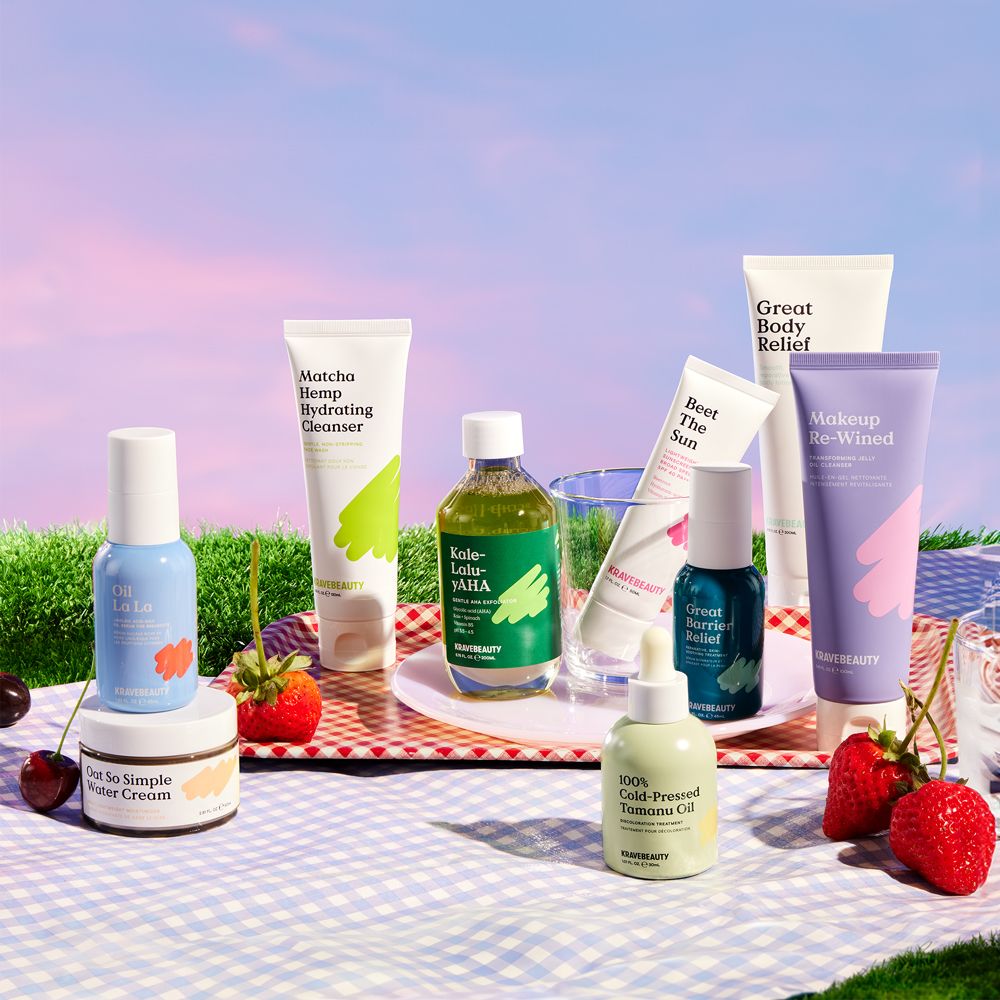
Before you were KraveBeauty’s founder, you were already a huge beauty YouTuber with a dedicated fan base. But, independent of your influencer roots, KraveBeauty has grown a community of its own. What did it take to get to that point?
“I’ve always wanted Krave Beauty to intentionally have its own personality and its own philosophy and values that it stands for. That’s why I was really careful with branding and marketing—I didn’t want Krave Beauty to be synonymous with me.
“We’ve also been very transparent about the entire product development process and even our mistakes. When we open that up to our customers and online community, they feel like they’re a part of the process and a part of the team, almost. We are serving them as a customer, but we’re also including them in the process and trying to bounce ideas off them. Just being more transparent has really brought the community closer.”
“I didn’t ever think this brand would be a ‘Liah Yoo brand’ or another influencer brand.”
You are the blueprint for the influencer-to-brand-entrepreneur pipeline. Fun fact: Our Malaysian beauty scene is starting to see a lot more creators follow in that path. Do you have any advice for our local influencers who are looking to follow in your footsteps?
“I would definitely advise against naming your business after yourself. Like I said, you really want your brand to have a separate identity from you. Looking at it more realistically, if you’re cancelled as a public figure and your business shares the same identity as your personal brand, then I think you’re walking a slippery slope.
“I also think that, when starting any business, you have to have a very clear problem that you’re solving—you have to know who you’re serving and what gap in the industry you’re filling. For us, that was catering to people with very overwhelmed, sensitised skin. Just defining that puts you on the trajectory of becoming a more mainstream brand beyond your own influence.”
How has your relationship with social media evolved now that you also represent something much bigger than just your own brand?
“I think I do tend to stay away from going too deep into skincare nowadays because there are so many experts like dermatologists and cosmetic chemists that are already educating the general public.
“I think my voice is more valuable with regard to sustainability in the beauty industry. I can help people buy better and slow down their consumption as well as be more mindful and intentional about the industry as a whole, from how they launch products or how they develop products in general.”
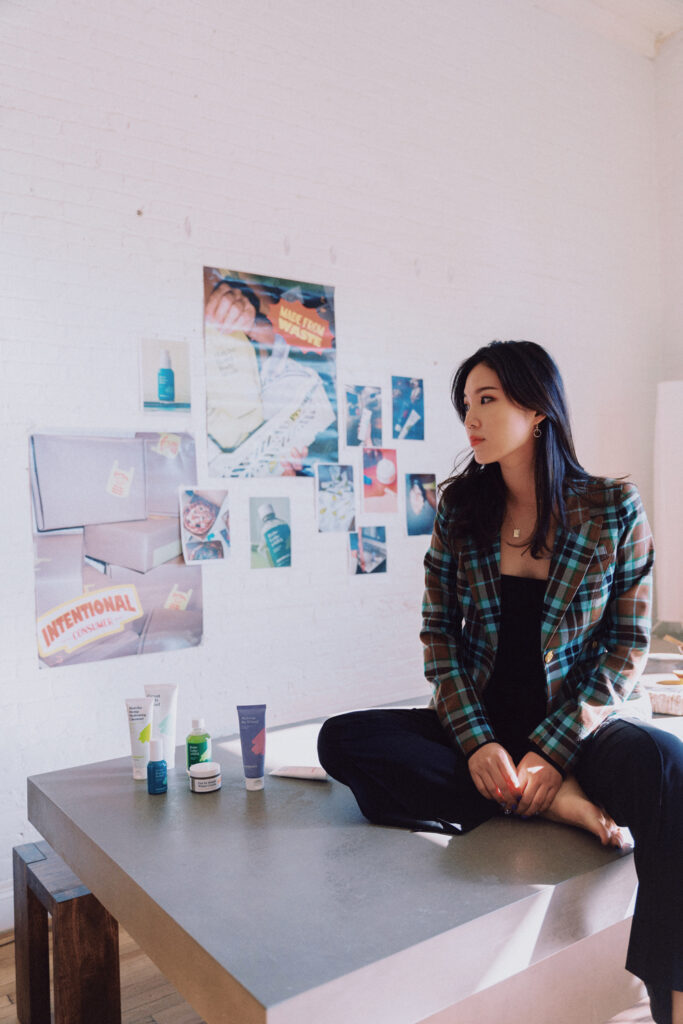
A lot of brands have moved away from traditional marketing and have become reliant on influencer marketing. As an influencer yourself, where do you see beauty marketing evolving from this point?
“I think influencer marketing has reached its peak, to be honest. It has become so saturated to the point that it has lost its effectiveness altogether. It has gotten increasingly expensive to pay certain influencers to endorse a product, and the ROI (return on investment) is either not there or it’s diminishing, and it’s because the trust has been lost. Now, when influencers endorse products, everyone just assumes it’s a paid brand deal.
“So, moving forward, I see a lot of brands spending more dollars in community marketing—that could be growing their college ambassador programs, or we’re also seeing more brands shifting towards User-Generated Content, where real people’s voices are being used for advertising material.
“As for how influencer marketing is going to survive, I think maybe only the influencers who are being very selective will be able to get more opportunities because they still maintain that integrity on their platforms.”
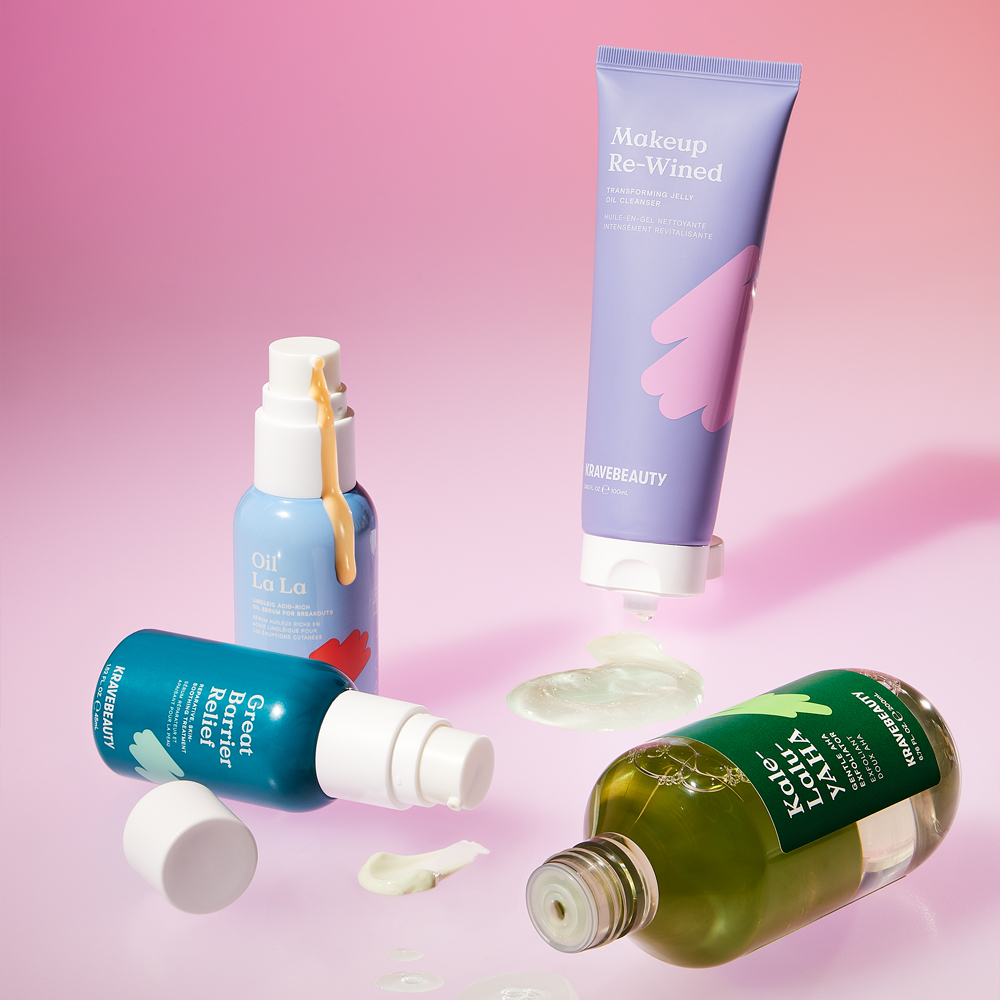
When you started out, KraveBeauty was in a niche of its own, but the beauty industry has become really saturated. Now that the niche has grown, what are some new challenges that you’ve faced as a brand?
“In terms of how we compare to other brands, that’s not necessarily a challenge as we have a very clear goal with Krave. I think the challenge only lies in innovating products in the most sustainable way that we can. We’re trying to work with more byproducts or waste from other industries, and commercialising that process behind the scenes is really challenging. But, I think that us putting more effort into that differentiates us from other brands that are less sustainable.”
Speaking of sustainability, your packaging has evolved a lot since you started, with your recyclable designs becoming more refined over the years. What does the future of sustainable packaging look like ahead?
“Refillable cosmetics packaging still has a long way to go, especially for makeup products. Currently, refills still generate a lot of waste. Ironically, recycled materials are also getting more scarce because the recycling system itself is completely broken and the recycling rate is actually super low. I think we’re probably reaching a point where systemic infrastructural change is needed to close the loop for recycled materials properly.
“I do love seeing biomass plastic like sugarcane, straw or even hemp materials, but those materials are still pretty expensive and also cannot be recycled. So it all comes back to the fact that infrastructural changes are still needed. In my opinion, the industry needs to work with local governments to really make it a well-functioning, circular system.”
We’ve spoken a lot about sustainability across the industry but do you have any tips for people who are looking to be more sustainable on an individual scale?
“Use less. Buy only what you need. Honestly, when shopping for brands, I always like checking out if they have a sustainability report. There are no perfectly sustainable options out there, but if I ever do need to buy something, I would rather choose to purchase from a brand that is transparently communicating its lows and highs altogether so that I can track their progress. That’s huge for me, I hope more and more brands can publish more quantified data on their carbon footprint to make it easier for everyday consumers to choose their products.”
For more beauty insiders, click here.
| SHARE THE STORY | |
| Explore More |



